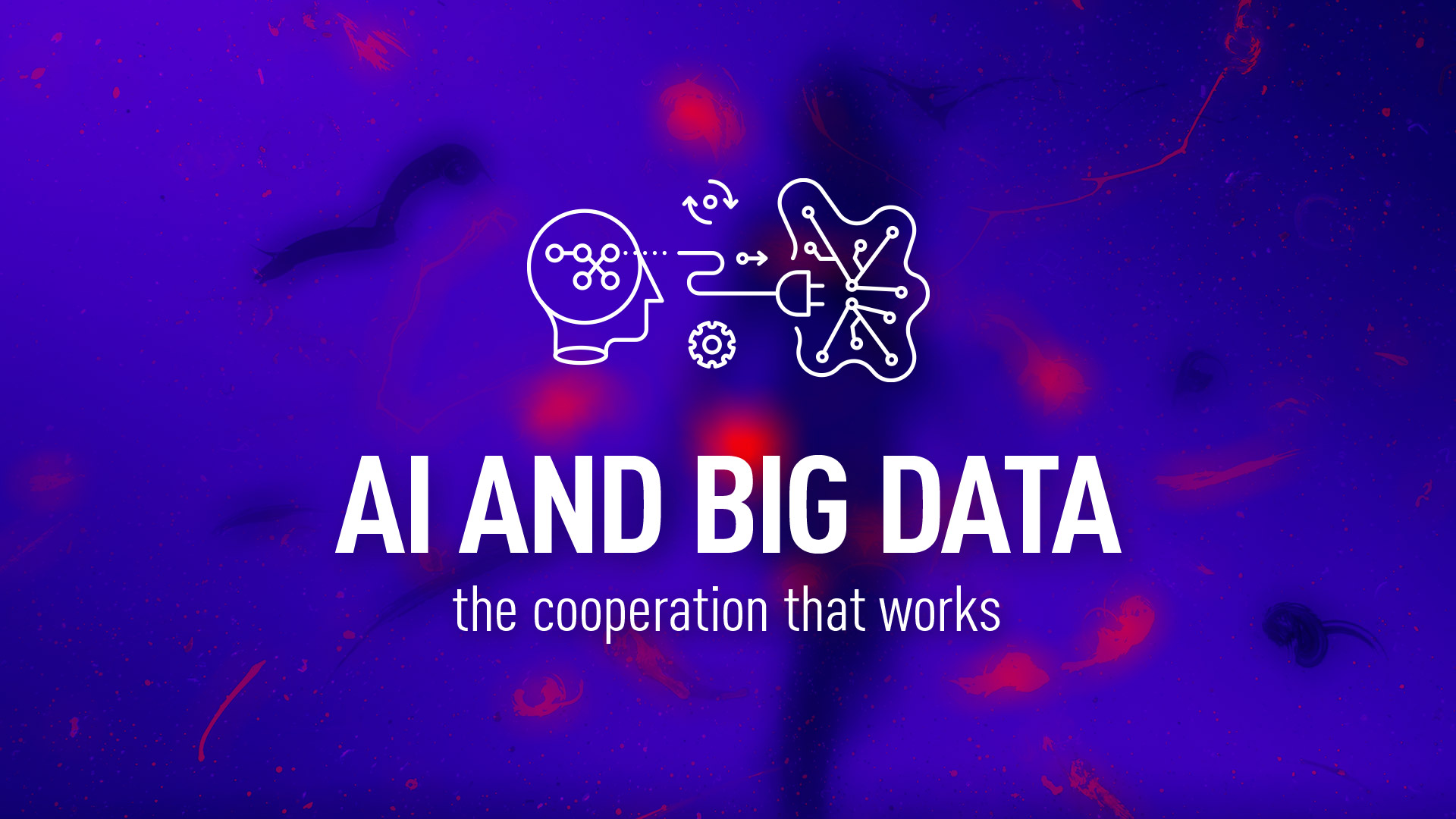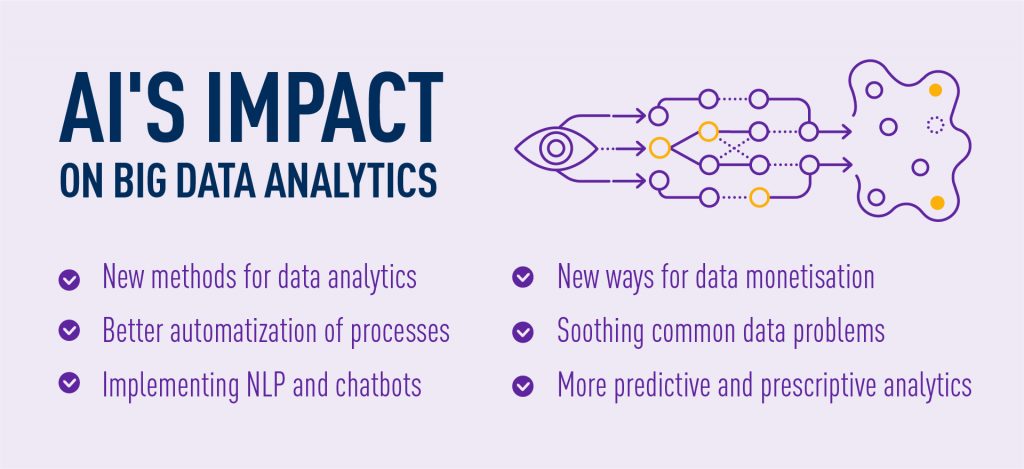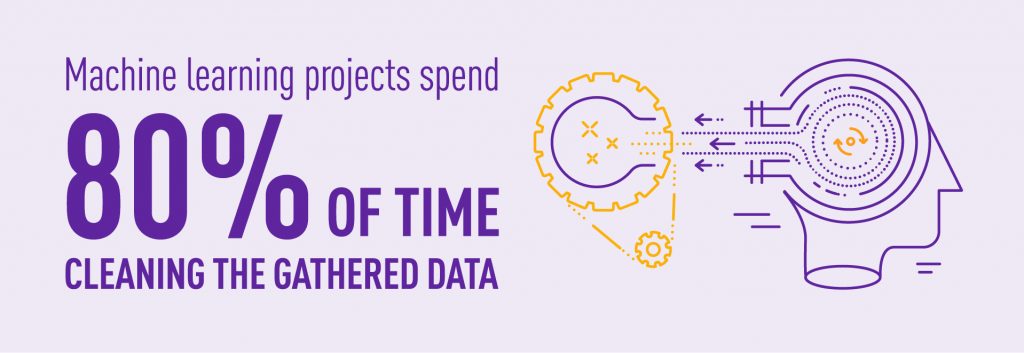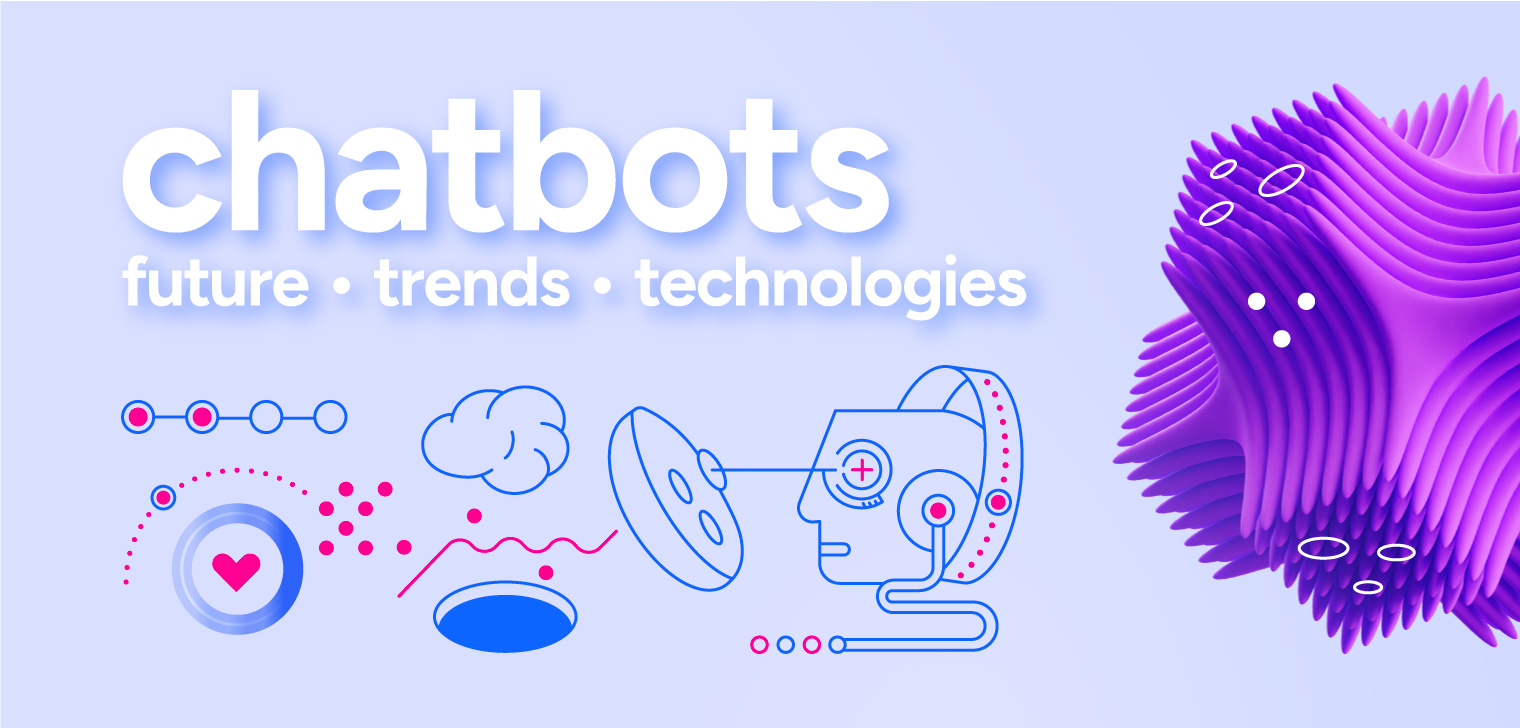Insights
- category:
AI and Big Data – the cooperation that works

Companies that use Big Data are often in control of the insights they receive. Most companies use less than 20% of their data, leaving the remaining 80% to be left outside for future leverage. Fortunately, there is a new possibility to be uncovered that makes the processing of all gathered data possible. The interaction between AI and Big Data is still in the early stages, but a few companies have started to discover its potential to achieve meaningful results.
Mutual correlation between AI and Big Data
Because Big Data is an integral part of our present (and quite possibly the future), the use of AI will be highly demanded. AI and Big Data are merging into a synergistic relationship – data is useless without AI and the other way round. AI is becoming an ongoing process with Big Data. First, data is implemented into the AI engine, which makes it smarter. Then, automatisation allows the AI engine to run correctly. Finally, companies come to realise full potential of the AI and Big Data relationship.

Before AI and Big Data relationship can truly evolve, several other technologies also need to grow. It requires the involvement of people skilled in Big Data analytics and AI algorithm programming.
The ultimate goals of AI, in the context of Big Data, are:
- Detecting anomalies – analysing data to detect unusual occurrences,
- Seeing the probability of future outcomes – determining the outcome by using known conditions,
- Recognising patterns – seeing models that humans do not,
- Reading data bars and graphs – looking for patterns that might stay undetected by humans,
- Natural language processing – understanding human speech as it is spoken,
- Computer vision – extracting accurate information from an image or series of images.
For these fields to mature, AI algorithms will require vast amounts of data. Big Data will continue to grow larger as AI becomes a viable option for task automation, and AI will become more significant as more data is available for learning and analysis.
How can AI improve Big Data analytics?
AI and Big Data relationship is only at its beginning, but it’s already promising. The future forecasts say that AI’s impact on technology will increase dramatically. As for Big Data and its analytics, AI is going to help with generating more useful insights, predicting things before they happen, and simply – saving more time. But there are a few other fields in which AI can improve Big Data analytics.

New methods for data analytics
One of the biggest problems of Big Data could be contained in one question – what do we do with all the data that is gathered? Getting insight from data was always connected with hard human labour. Engineers were analysing important data by using queries or SQL. Artificial Intelligence is creating new methods for performing such analysis. AI and Machine Learning are the latest data analytics methods.
Better automatisation of processes
Managing and analysing data depends on less manual effort than in the past. People are still crucial in data management and analytics, but processes that might have taken longer speed up thanks to AI. AI and Machine Learning are tools that help companies with analysing their data quicker and more efficient than what could be done by employees.
Data analysts are researching new advances from AI and ML to produce technology that will help with the automation of each stage of the data analytics process. By using AI technologies, gathering insights and making decisions can happen faster. Moreover, it reduces manual labour and increases the whole process’s speed. The real-time nature of data insights means that companies have to evolve from traditional methods of managing, analysing and processing data. Using the potential of AI and Big Data relationship can be truly helpful.
NLP and chatbots
In advanced analytics, Natural Language Processing allows easier search and more actionable results. Companies no longer have to create complex algorithms to find data – individual users can quickly find what they need. Such technology is advancing in the direction of making it easier to go through all that stored Big Data. This technology is also seen in chatbots.
Chatbots can generate analytics responses quickly, and they are going to play a significant role in the future of analytics and Big Data. Bots can proactively ask relevant questions to expand their knowledge base, which can be used for important customer insights. Bots can also extract data from various systems to analyse and generate key insights.
Both of these technologies enable obtaining relevant insights. An interface using NLP will assist with information for faster and more efficient decision-making. Bots, on the other hand, can answer questions by searching large amounts of data to come up with quick and relevant information.
Data monetisation
Monetising data has become a significant priority for many organisations. Extracting customer insights is crucial to unlocking the value of data. Data can be monetised in many ways, but it’s important to utilise all the gathered data to get the most value. Unfortunately, most data are unstructured. Therefore, the right technology for data monetisation is essential, and the cooperation between AI and Big Data can be the answer. It adds structure to unstructured data and gathers all the insight from unstructured data. Monetisation can be carried out more successfully.
The most popular approaches in data monetisation for the future are:
- Creating new digital services – not only it generates new revenue, but it can also help companies get more immersed in digital technology,
- Addressing customer churn – losing customers to the competition is frustrating, especially when you feel you could avoid it; AI can help your company with addressing churn at the earliest notice,
- Discovering insights from the premium data – the premium data is no different from other types of data, but if companies want to monetise it with benefits, they need to have the context from seeing it alongside other relevant data.
Soothing common data problems
The value of data is strongly linked to its quality, and poor quality means low value. This is something that AI and Big Data have in common. Any insight derived from the data that came from an unreliable source cannot be trusted. This is where using AI and Machine Learning comes in handy.

Machine Learning projects spend 80% of the time on cleansing and preparing the data to be ready to use properly. ML algorithms can detect outliers and missing values, find duplicate records that describe the same entity with slightly different terminology or normalise data to common terminology. They simply do what people used to do, but faster and more precisely.
Analytics becomes more predictive and prescriptive
In the past, data analytics and future predictions were still essentially only possibilities. AI and Machine Learning are helping to open a new way of more probable scenarios. Moreover, an ML algorithm can also learn how to make a decision or take action based on that forward-looking insight.
Big Data decisions made in the past were based on gathered data points. With the help of AI, this has grown to epic and exponential proportions. The value of data increases with each progression through the analytics model: starting with process and data mapping, through descriptive analytics and predictive analytics, to prescriptive analytics. Prescriptive analytics, leveraging AI, has the potential to provide forward-looking strategic insights helping companies to thrive.
AI and Big Data – the relationship of the future
22% of US companies have allocated parts of their profits to AI. According to a recent study from SAP, companies that operate most processes with the help of ML have experienced 43% more growth than those who either haven’t started using AI and ML or who aren’t using it well.

AI and Big Data relationship is becoming core to business strategy. But no matter how great the AI algorithm is, Big Data analytics still need to be done properly with the best possible tools.
TASIL is an example of Big Data analytics done right. Data comes from reliable sources and is analysed in the most secure way. Our customer insights have a crucial value and give you a competitive advantage. Implementing AI into our strategy could be beneficial not only for our company but also for our clients. Who knows what the future is going to bring for us?



